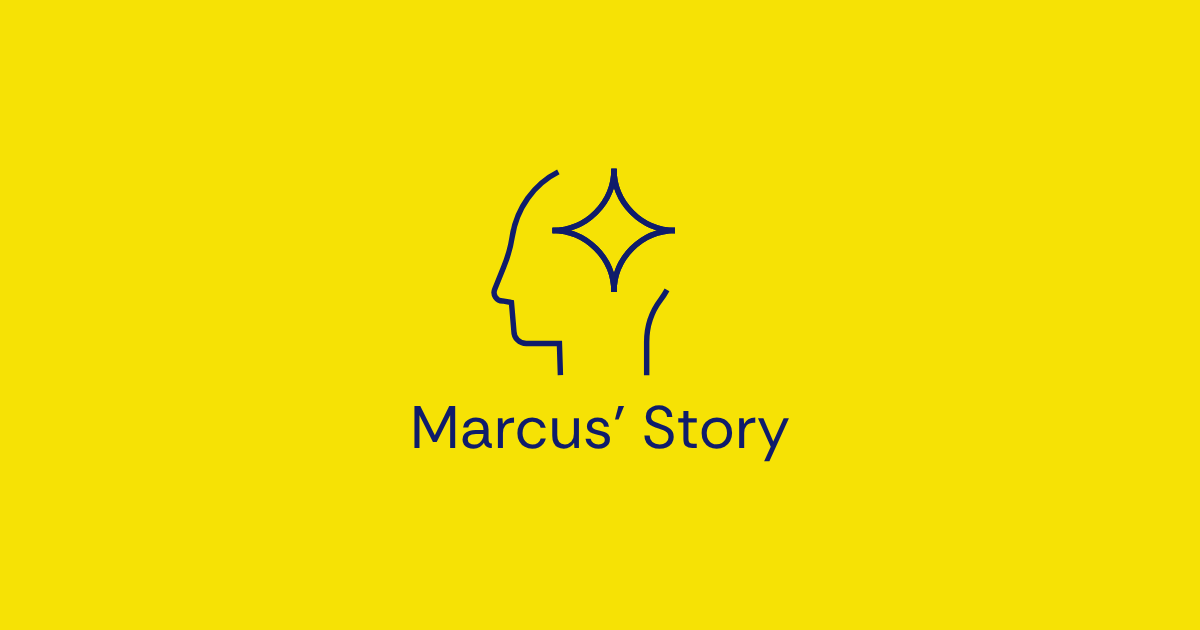
Marcus built an award-winning AR startup—but his success came at a cost. His Identity Blindspot made him see himself as the company, not its leader. Through Blindspotting coaching, he learned to release control, empower others, and rediscover the joy in leading.
Marcus was a founder everyone admired. He’d built Aesthetics, a groundbreaking AR company, from his kitchen table to a multimillion-dollar brand. He was smart, magnetic, and endlessly visionary. The kind of person journalists called a “genius founder.”
But behind the praise, his team was suffocating.
When a manufacturing flaw surfaced in their “indestructible” camera, Marcus refused to delegate. He micromanaged engineers, rewrote investor updates, and stepped into every conversation. He called it “protecting the brand.” His team called it “walking on eggshells.”
The more pressure the company faced, the tighter Marcus gripped.
He believed he was saving his company. But in reality, he was slowly strangling it.
Marcus’s Identity Blindspot was the most common one among founders: He didn’t see himself as a leader of a company. He saw himself as the company.
His need to be indispensable kept him at the center of every decision. Every mistake felt like a personal failure. Every victory, a personal validation.
Underneath it all was a Motive Blindspot. The craving for admiration that made delegation feel like disappearance.
He wasn’t a control freak. He was scared. Scared that if he let go, everything (and everyone’s trust in him) would collapse.
Read more about The Identity Blindspot.
In Blindspotting sessions, Marcus began separating his identity from his impact.
He explored the beliefs that built his success:
Each was a myth. But, one he’d been rewarded for believing.
His coach reframed leadership through a single question:
“What if your legacy isn’t what you build, but who you build?”
That became his mantra.
He started handing full ownership of projects to others. He stopped editing his team’s slides. He stopped being the answer and started asking better questions.
Within six months, the company culture had shifted.
Meetings ran without him. Deadlines were met without panic. Employees stopped waiting for permission to act.
When investors asked about his new leadership approach, Marcus smiled and said:
“I realized my job wasn’t to be the smartest person in the room. It was to make room for smart people.”
The company scaled faster, turnover dropped, and Marcus finally rediscovered something he hadn’t felt in years … joy in his work.
You can’t scale what you can’t release.
Marcus didn’t fail because he cared too little. He failed because he cared too much, and in the wrong way.
His story reminds us that control masquerades as leadership, but real leaders build systems that thrive in their absence.
Most founders don’t fail because of bad ideas. They fail because they can’t let go of good ones.
Marcus’s story is a mirror for every visionary who built something remarkable and now wonders if they’ve become its bottleneck.
Take the Blindspotting Assessment
Explore Coaching for Individuals and Teams









